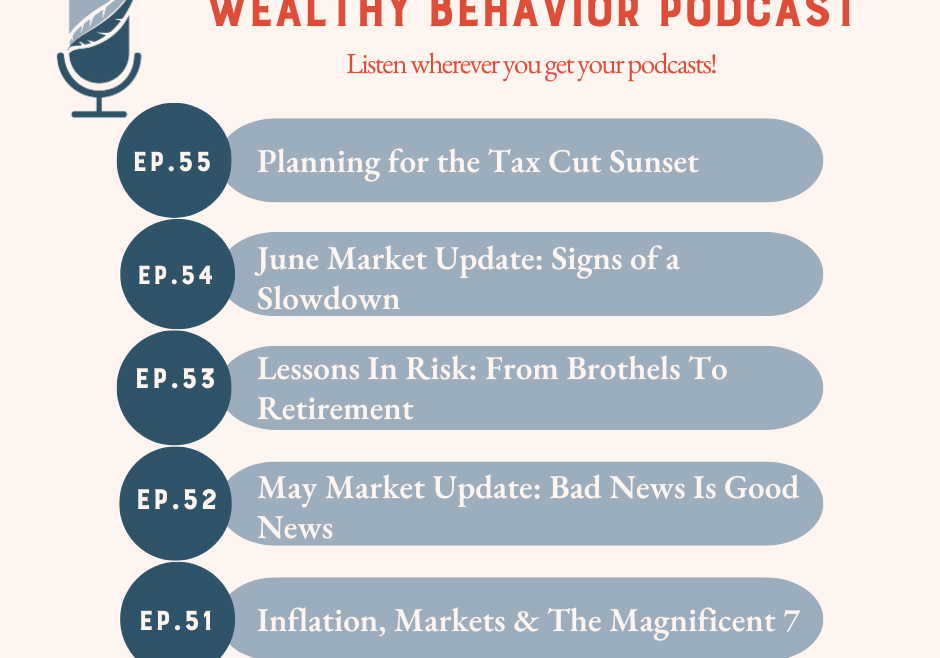Employee Stock Purchase Plans (ESPP) declined in popularity in the 2000s because of the spectacular collapse of Enron, accounting reforms that increased costs to employers, and the Great Recession. But interest has steadily returned since then, as they are an attractive benefit to a broad base of workers and a less costly choice than stock-option plans. If you have access to contribute to an ESPP or might move to a new employer with a plan, here are some things to keep in mind.
- Employee Stock Purchase Plans (ESPP) often allow workers to buy company stock at a discount of up to 15% below fair market value.
- Some plans feature a “look-back” that applies the discount to the price at either the start or end of a specific time window, whichever is lower (and can result in a discount of greater than 15% compared to today’s price).
- Most ESPPs are tax-qualified plans, meaning investors pay ordinary income tax on the discount but then potentially benefit from lower long-term capital gains tax on any additional appreciation.
- Proceeds are not restricted until retirement and can be used for near-term goals, like paying for college or a home improvement.
- The maximum annual contribution limit is typically $25,000.
Participating in your employer’s ESPP can be like having access to an ongoing member’s only sale on the stock price. Plans can offer convenient automatic investing as well as the potential for strong returns – the discount helps mitigate losses if the stock price falls. But missteps can also derail the opportunity to use your ESPP effectively as part of your overall wealth building plan.
Review these questions with your advisor to lay the groundwork for a successful plan:
- Do you have the available cash flow to make the contributions from payroll without disrupting your budget?
- Is the ESPP the best place for you to allocate savings, if other options like a 401(k) with matching are available?
- Are you in a position where your employer will expect you to hold on to the stock and not divest?
- Do you expect to be able to hold the shares for two years or more from the beginning of the offering period and one year from the purchase date, in order to get preferential tax treatment?
If you have an ESPP, our cheat sheet can help you determine if, when, and what you’ll owe tax on. Will I Have To Pay Tax On My Qualified ESPP?
Heritage Senior Wealth Manager, Kevin Webber, offers more insights on establishing your ESPP strategy in this video.
Our educational video series highlights the financial tools and strategies that will help you SAVE more, KEEP more of what you earn, GROW your portfolio, and PROTECT your nest egg to enhance your overall wealth. The series consists of fourteen 4-6 minute videos, each focused on a specific topic.



